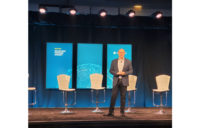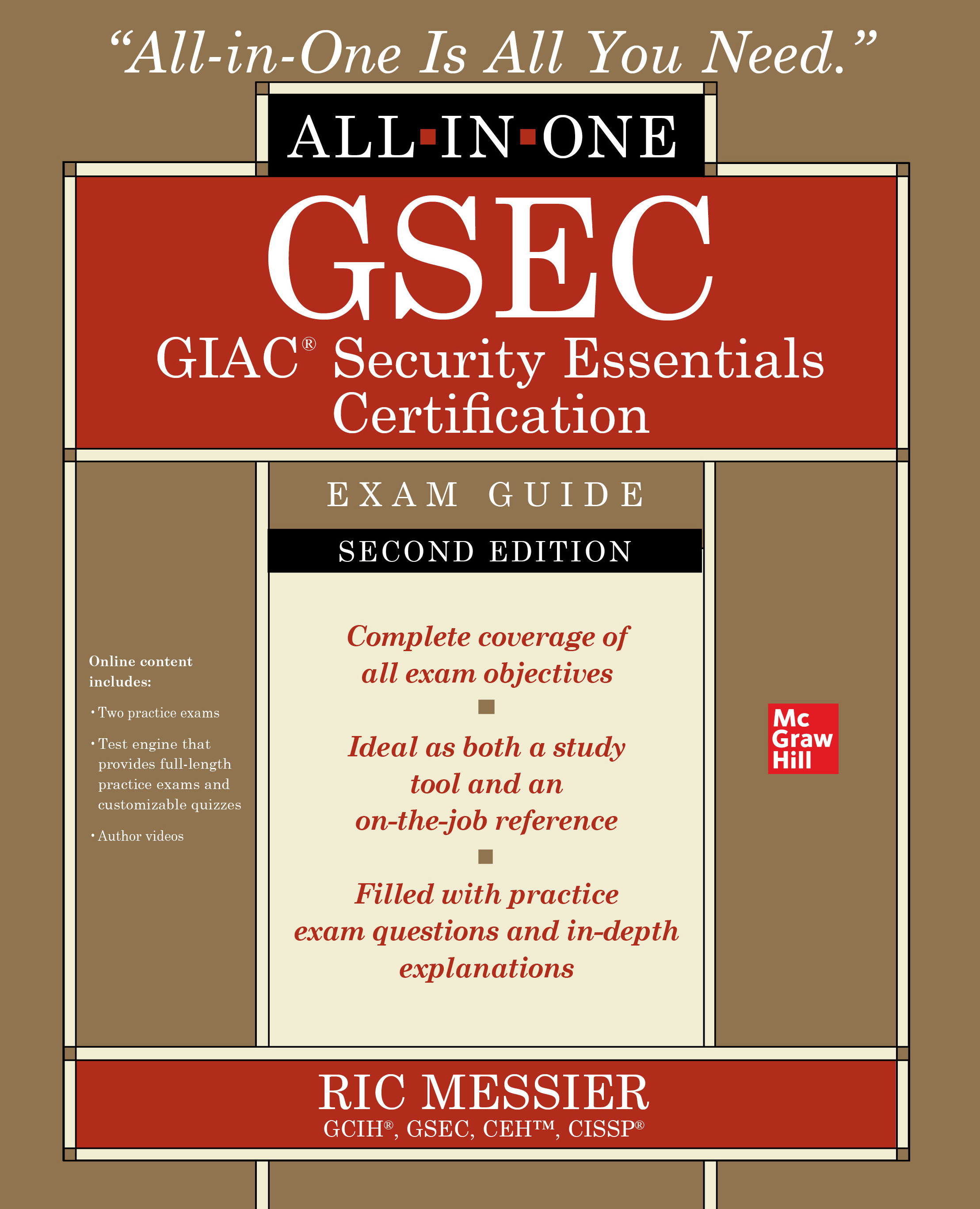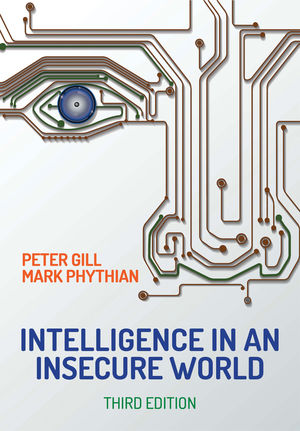As the pandemic continues to drag on and businesses and people in general grow weary of the fallout, there is a stronger sense of urgency to get “back to normal” in all walks of life. For businesses this means bringing workers back and continuing with security-related projects that were either put on hold, or perhaps even begun when offices were emptier.
This should be good news for security integrators. There is just one problem. Integrators can’t do the work if they can’t get the products in they need to complete the project.
At the recent PSA TEC conference held in May in Denver, this subject not surprisingly came up in the State of the Integrator presentation, featuring a panel of three integration companies: Christine Lanning, president of Hawaii-based Integrated Security Technologies Inc.; Dean Reece, president of Oregan-based REECE Complete Security Solutions; and Shaun Castillo, president of Preferred Technologies LLC, based in Texas. While none admittedly had concrete solutions to fix the supply chain issues, they shared some solid ideas on how to weather them and keep clients happy.
The common thread: open and honest communication throughout all parts of the process.
“I think the best step is to involve your salespeople and involve your customers in your supply chain difficulties,” Reece said. “As soon as you possibly can, get everybody involved. They need to be innovative. Your customers need to take the product. It needs to get out of your warehouse. if it’s just sitting in your warehouse for another day because you might be able to put it over to this customer, he’s not paying for it. You are. And it’s driving down your revenue; it’s messing with your financials. You’ve got to get that into the customer’s hands. If he wants a 3 megapixel camera and you’ve got one but it’s a different manufacturer than what they’ve standardized on, maybe it’s time to let that standard go out the window. There’s a lot of different things that you can do. Cameras are the easy one to talk about. Card readers are the hard one. ... We are doing what all the rest of you are probably doing. I have one person in the office scouring Ebay. I have another looking on Craigslist. We’re finding them in the weirdest places, but we are finding them.”
Lanning agreed, adding this situation could be going on for a while.
“You really just have to communicate with your customer and let them know. Because at the end of the day they’re looking at you. And if you are not communicating that to them from day one, that’s just a recipe for misery. Other than that, it’s just ‘weather the storm.’ I don’t know how long it’s going to last. I’ve heard end of 2023. I’ve heard longer. Just hold on while you can.”
Castillo added that as a security integrator, it is out of their hands. But that doesn’t mean they are completely helpless to do anything. Again, relationships are absolutely key.
“We’re not making the products,” he said. “We’re not fulfilling distribution supply chain. But we can get information. We try to develop deep relationships with our vendor partners and with our manufacturer partners and distribution partners because we want the inside information. So we deepen those relationships. If something’s held up [if] there is a way to get an advantage, we want to call the right people within those manufacturer companies and distribution companies. We want to get that inside knowledge. And we want to get as creative as we can with them to supply the customer. Another thing we’ve tried to do is get the customer and the distribution partner and the manufacturer to the meeting, and let’s discuss it and hash it out and let’s come up with a schedule that makes sense. And once we have that data we can forecast it as best we can and start to look at our financial status and how will it impact us? But our answer has been to deepen the relationships and try to get the best information we can and then get with the right people who can apply creativity and figure out the best path forward.”
This approach has had the positive affect of deepening customer relationships, Castillo added. “Our relationships across the board with all our customers have deepened greatly and what that has allowed for is those creative conversations to solve the problems. Again, we can’t control the planet’s supply chain issues, but we can sit down together and collaborate and figure out a solution that works as best it can for the customer.”







